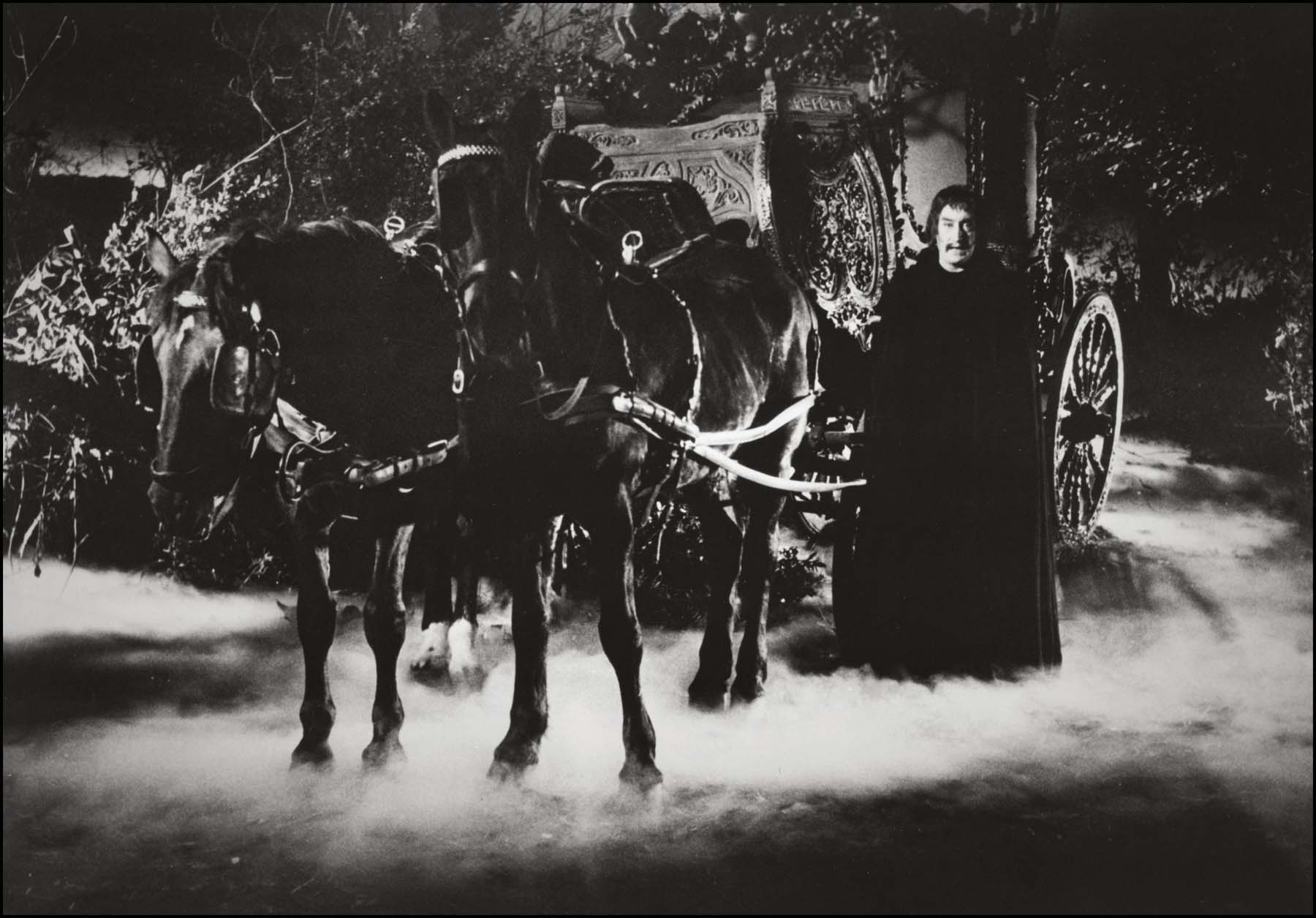FROM THE DARK SIDE OF ITALY, A PARADIGM SHIFT IN SHOCK.
Horror filmmakers are always pushing the boundaries of taste and propriety, but occasionally a film appears that so openly and successfully blows past established standards that a new paradigm of creative possibilities is instantly established. Mario Bava’s Black Sunday—also known as Mask of the Demon—is without question one of those films. By fusing the black-and-white elegance of the Hollywood horror classics with the explicit gore and necrophilia-laced sexuality of the Hammer films, it offered an unusually intense entertainment experience, the likes of which audiences had never seen on-screen and could never hope to see on television—at least not the television of the 1960s.
Black Sunday was Bava’s first official directorial credit, although as an established and well-regarded cinematographer he had ghost-directed another landmark Italian vampire film, I Vampiri (1957), when the nominal director walked off the set. The film’s dramatic prologue takes place in seventeenth-century Moldavia, where a witch, Asa Vajda (Barbara Steele), and her lover, Javutich (Arturo Dominici), are sentenced to death by Asa’s brother for the crime of sorcery. Asa places a curse on her family’s descendants before a metal mask lined with spikes is hammered onto the face of her paramour, then onto hers. The curse brings on a torrential downpour, which effectively prevents her from being burned at the stake. She is entombed in a crypt instead, the awful devil’s mask visible through a glass window that additionally gives the witch a never-ending view of a protective stone crucifix atop the sarcophagus.

Asa’s undead lover Javuto (Arturo Dominici) offers reliable transportation to the dark side.